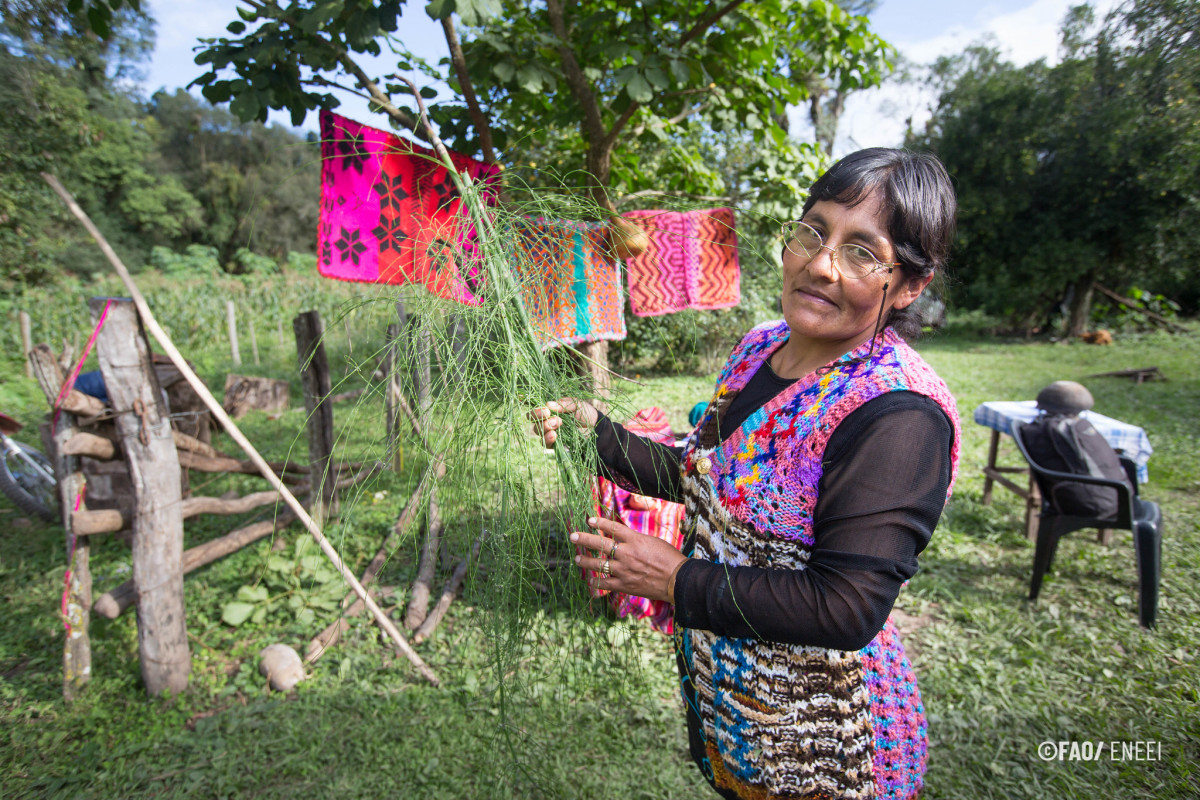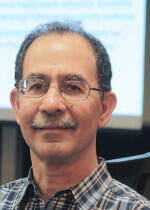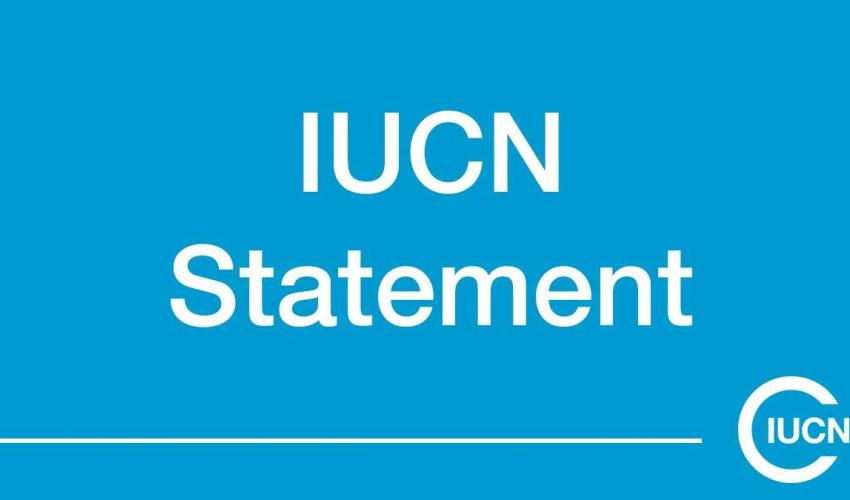Local organisations “are not simple add-ons” to conservation
David Kaimowitz of the Forest and Farm Facility shares his thoughts on the role of the global organisation he now manages, discusses a new report on Forest Governance by Indigenous and Tribal Peoples, and touches on connections to primary forests.

Photo: FAO / ENEEI
The Forest and Farm Facility (FFF) is a unique partnership of organisations whose mission is to strengthen and empower forest and farm producer organisations (FFPOs), including women, youth and indigenous peoples as primary change agents for climate resilient landscapes and improved livelihoods.
 Photo: David Kaimowitz
Interview with David Kaimowitz, FFF Manager based in the Food and Agriculture Organization of the United Nations (FAO)
Photo: David Kaimowitz
Interview with David Kaimowitz, FFF Manager based in the Food and Agriculture Organization of the United Nations (FAO)
 Photo: David Kaimowitz
Photo: David Kaimowitz
Q. David, what do you envision as priority areas for the work of the Forest and Farm Facility?
We support efforts by farmer, community forest, and indigenous peoples’ organisations to address climate change and improve rural livelihoods. We provide funding, facilitate exchanges and raise awareness about the importance and achievements of these groups in ten countries in Africa, Asia, and Latin America and at the regional and global levels.
Going forward, three priorities are… First, to help these rural organisations gain access to government programmes, international projects, private investment and access to markets. Second, to work more at the landscape level, especially with indigenous peoples – and more on primary forests. Finally, to champion greater international support for local forest and farm organisations. The pandemic has clearly demonstrated that the people in these groups are essential and at the frontlines of COVID-19 responses. They are instrumental to building back better in the face of the inter-related crises of climate change, biodiversity loss and inequality.
Q. Tell us about the new report you and colleagues recently released? How does this support the work of the FFF?
The report focuses on the great importance of the more than 330 million hectares of forests in the indigenous and African diaspora territories in Latin America, for climate change mitigation and nature conservation – and the urgent need to protect those forests. These territories make up around one-third of all forests in Latin America, and house about 14% of the carbon stored in tropical forests worldwide. There is more forest in these territories than in all of Indonesia or the Democratic Republic of the Congo.
Traditionally, indigenous and tribal peoples have been strong guardians of their forests, and many related government policies favoured forest conservation. However, the threats to these forests from ranchers, farmers, loggers, land speculators, mining and oil companies and others have been growing rapidly. Unfortunately, government support for indigenous territorial rights and forest management has also waned in some countries. For many, it has reached the point where indigenous peoples can no longer stem the tide of forest destruction in their territories without substantial external support.
NEW REPORT
Forest governance by indigenous and tribal peoples: An opportunity for climate action in Latin American and the Caribbean
This report urges greater support for territorial rights, community forestry, payment for ecosystem services, cultural revitalisation and traditional knowledge, and for indigenous and other organisations – with emphasis on women and youth. The measures outlined in the report would also assist these communities to recover from the pandemic, which has hit them especially hard.
FFF work in Latin America focuses largely on indigenous areas in Bolivia and Ecuador, including some of the forested territories discussed in the report. We have been especially active by helping the communities expand their work in agroforestry and non-timber forest products – and by supporting the (re)affirmation of their cultural identities and local institutions. Going forward, the FFF also hopes to become more involved in other aspects of indigenous territorial governance and management of natural forests.
Q. Our understanding of the ties between primary forests and indigenous peoples is growing. How is the FFF responsive to this?
In Bolivia, for instance, we work with indigenous organisations that manage millions of hectares of primary and intact forest landscapes – many of which have been threatened in the last few years by massive fires. Bolivia has a strong legal framework when it comes to the rights of the indigenous territories in the lowlands, but they still face immense pressure from external encroachment, and there is a clear need to manage their natural forests profitably. So, we are currently assessing the best ways we might help.
Now that the IUCN includes indigenous peoples organisations as a specific category of its membership new opportunities to strengthen the Forest and Farm Facility’s work with these groups are opening up.
Q. What specific improvements would you like to see to issues or discussions around indigenous peoples, local communities and forests?
We need to stop thinking about work with indigenous peoples, farmers, and other local groups as a simple add-on to conservation efforts.
The bottom line is that governments and private companies alone will never be sufficient to get us where we need to go, and these local groups are critical to include. A shockingly small percentage of climate and biodiversity funding actually reaches the local level, where the forests are being destroyed, and communities are hard pressed to stop it. That’s why working directly with these communities and their organisations is so important.
FFF is a partnership among IUCN, FAO, IIED, and Agricord. To learn more about the work of the FFF, visit: http://www.fao.org/forest-farm-facility/en/



